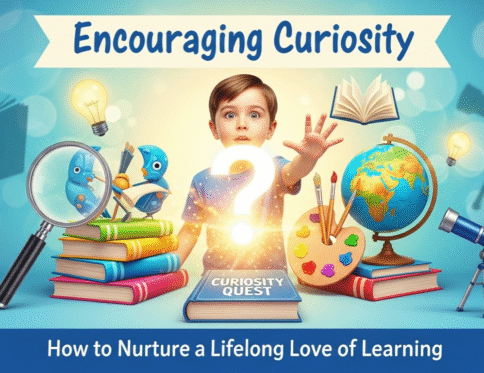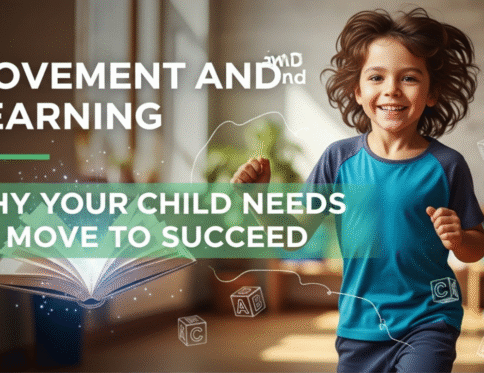You’ve seen it happen: the block tower gets too high and topples over. The puzzle piece just won’t fit. The crayon snaps in two. As parents, our first instinct is often to rush in and fix it. But what if, in these small moments of frustration, lies one of the greatest opportunities for learning? This guide is designed to help you encourage problem-solving skills in preschoolers, moving beyond simple fixes to build a foundation for a lifetime of confident, creative thinking.
In today’s world, the ability to think critically and creatively is more important than ever. When we encourage problem-solving skills in preschoolers, we aren’t just teaching them how to finish a puzzle; we are nurturing their cognitive development, strengthening their executive function skills, and building resilience in children that will serve them far beyond the playroom. This is about fostering a mindset of curiosity and persistence.
Your Role: Shifting from Fixer to Facilitator
The single most important shift we can make as parents is to see ourselves not as the “fixer” of all problems, but as a supportive “facilitator” of our child’s own process. This requires patience and a willingness to embrace a little messiness. When your child encounters a challenge, the goal isn’t to give them the answer, but to provide the support and tools they need to find it themselves. This approach is the heart of effective, play-based learning.
Practical, Play-Based Strategies to Build a Problem-Solving Mindset
You don’t need special flashcards or expensive kits. The best way to learn how to teach problem-solving is by integrating it into your everyday interactions.
- Ask Open-Ended Questions Instead of providing solutions, prompt their thinking. I’ve found that simple questions can spark incredible moments of discovery.
- Instead of “The block goes here,” try “What do you think might happen if you tried that piece?”
- When they’re frustrated, ask “That looks tricky. What’s one thing we could try differently?”
- Use “I wonder…” statements: “I wonder if the car would fit through a bigger opening.”
- Embrace “Productive Struggle” This is the sweet spot where a task is challenging but still achievable. Rushing in to solve every problem robs children of the immense satisfaction of figuring it out themselves. Allow them time and space to struggle a bit. It’s in these moments that real learning and confidence are forged.
- Model Your Own Problem-Solving Children are always watching. When you face a minor problem, narrate your thought process out loud.
- “Oops, I can’t get this jar open. My hands are too slippery. I think I’ll try drying them off first. If that doesn’t work, maybe I’ll tap the lid.” This shows them that problem-solving is a normal, multi-step process, and it’s okay if the first attempt doesn’t work.
- Create a “Yes” Space Provide a safe environment with open-ended materials like blocks, cardboard boxes, art supplies, and natural elements. These types of preschool learning activities don’t have a “right” way to be used, which invites creativity and experimentation. This gives them the freedom to test ideas without fear of “doing it wrong.”
- Use Stories as a Springboard When reading a book, pause and ask problem-solving questions. “The little bear is lost. What do you think he should do now? Who could he ask for help?” This helps them practice critical thinking for kids in a fun, imaginative context.
As noted by child development experts, fostering these skills early is crucial. Featuring insights from professionals can provide deeper context. For example, a child psychologist might state, “When we allow a child to solve their own small problems, we are sending a powerful message: ‘I trust you. You are capable.’ That trust becomes the foundation of their self-esteem and willingness to tackle bigger challenges later on.” To further your understanding, exploring resources from authoritative institutions like Harvard University’s Center on the Developing Child can offer valuable, research-backed insights into
executive function skills.
By applying these strategies, you empower your child to become a confident and resourceful thinker, ready to take on the world one small, solvable problem at a time.
Disclaimer: This blog post is for informational purposes only and is based on shared experiences and common parenting advice. It does not constitute professional psychological or educational advice. Please consult with a child psychologist, pediatrician, or educational expert for any specific concerns regarding your child’s development and well-being.






